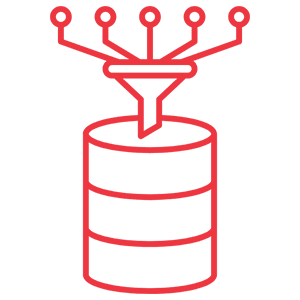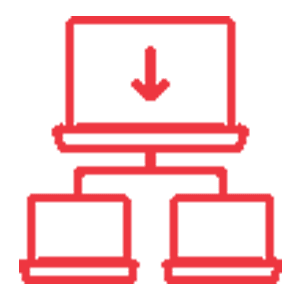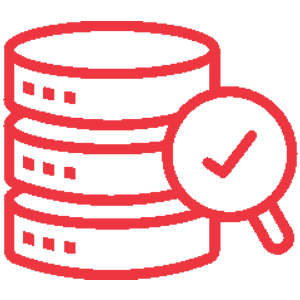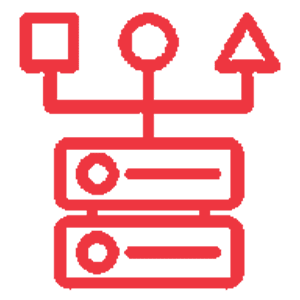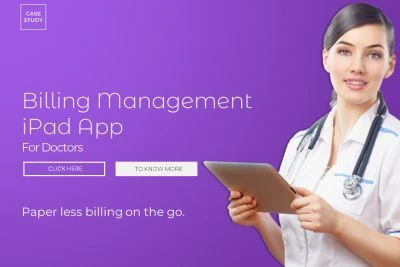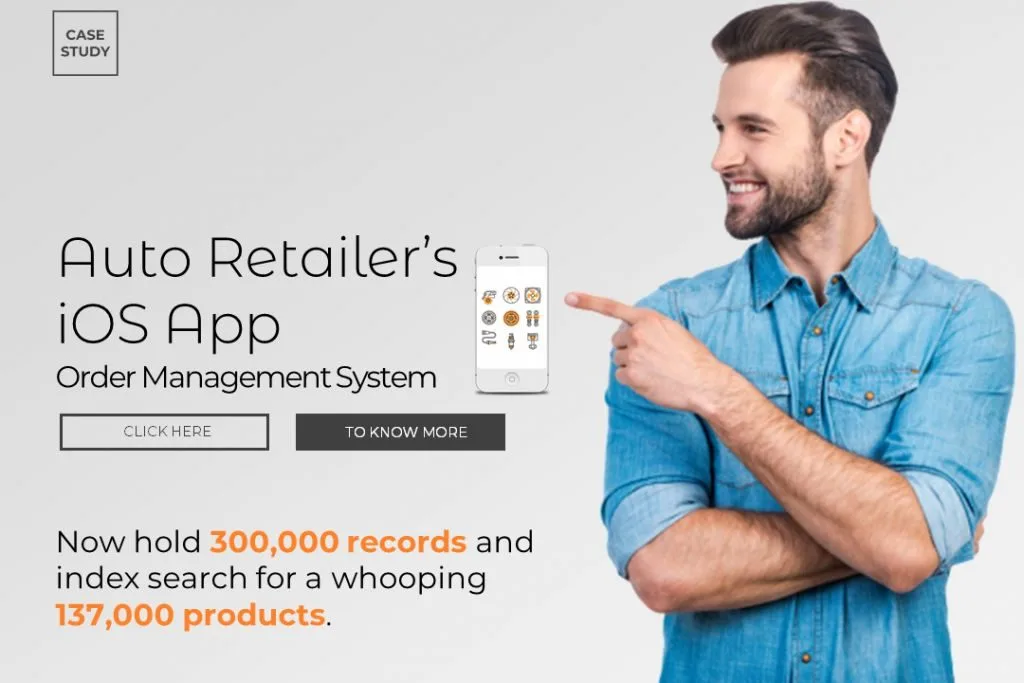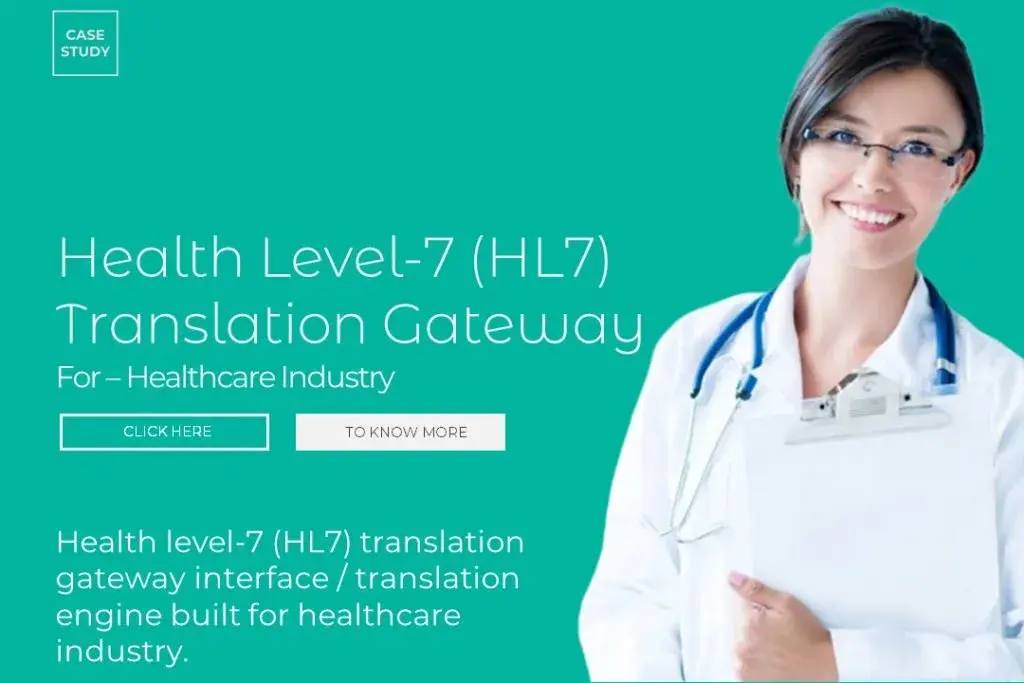Software Architecture Overview
Our Middleware Integration Framework follows a modular, API-first, message-driven architecture, designed to connect disparate healthcare systems with minimal disruption.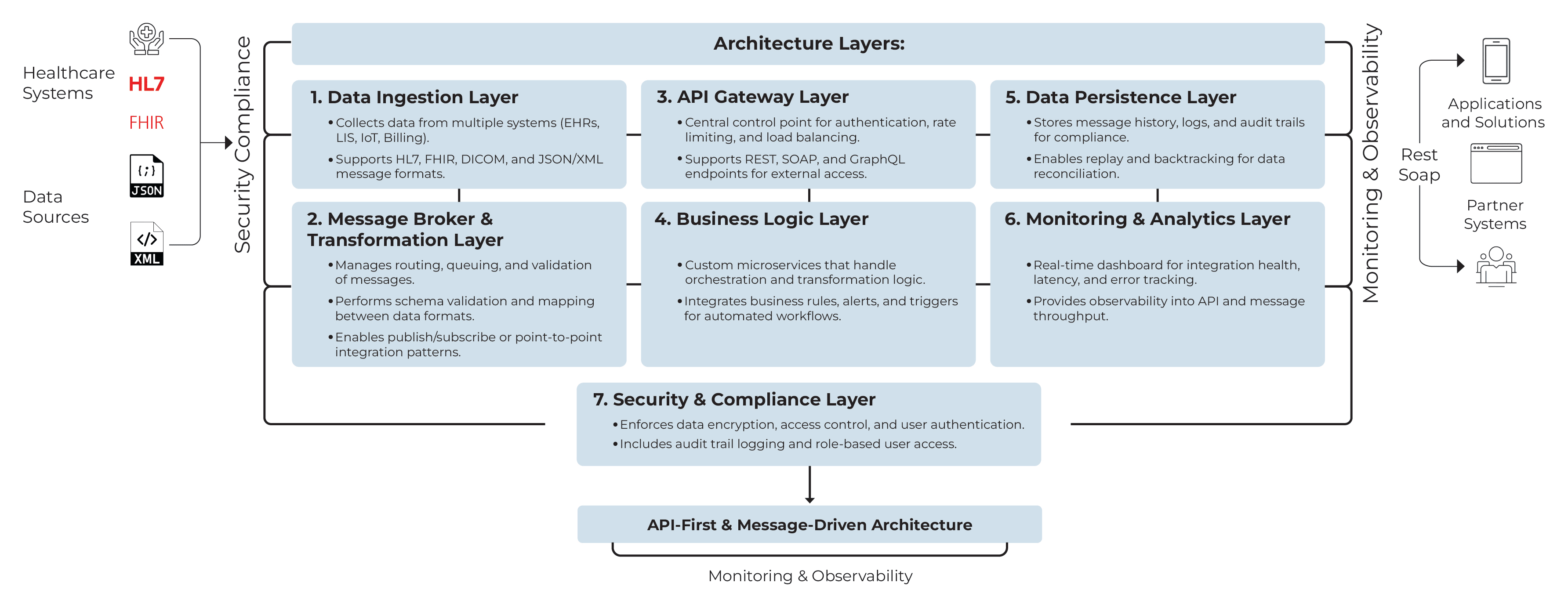
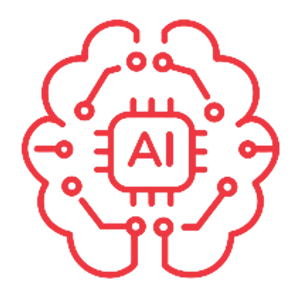
Data Ingestion Layer
Captures data from multiple systems—EHR, LIS, billing, IoT, and analytics platforms—supporting HL7, FHIR, DICOM, and custom APIs.

Message Transformation and Routing Layer
Validates, transforms, and routes data between systems with minimal latency. Supports asynchronous messaging, publish/subscribe, and point-to-point integration models.
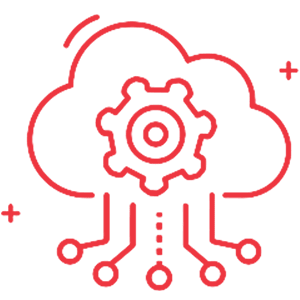
API Gateway Layer
Acts as a single secure entry point for all integrations, managing authentication, throttling, and request/response processing.

Business Logic Layer
Implements orchestration rules, transformation logic, and event-driven automation workflows.

Data Persistence Layer
Maintains message history, audit trails, and metadata for compliance and traceability.
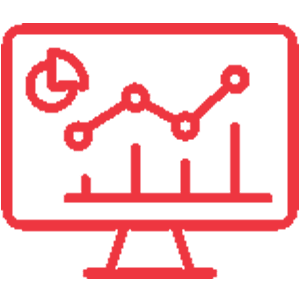
Monitoring and Analytics Layer
Provides real-time visibility into message flow, latency, and system health through dashboards and alerts.

Security and Compliance Layer
Built-in encryption, RBAC, and audit tracking ensure full compliance with HIPAA, GDPR, and other healthcare data standards.



